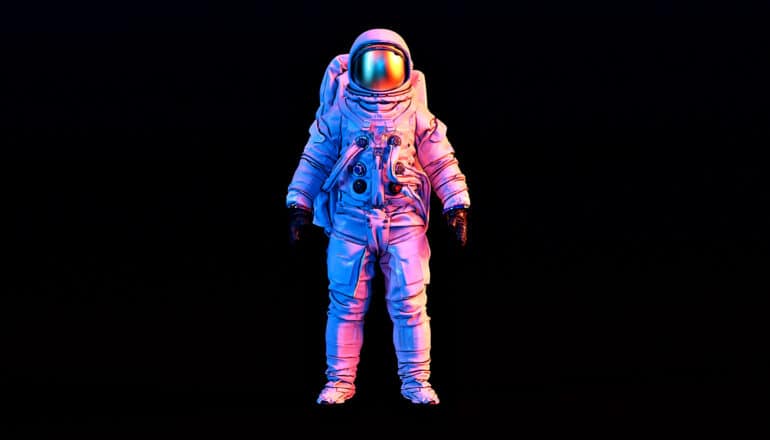
A new paper helps to explain computer vision in a way the researchers say is accessible as well as more useful than previous models.
Why is it that artificial intelligence systems can outperform humans on some visual tasks, like facial recognition, but make egregious errors on others—such as classifying an image of an astronaut as a shovel?
Like the human brain, AI systems rely on strategies for processing and classifying images. And like the human brain, little is known about the precise nature of those processes. Scientists at Brown University’s Carney Institute for Brain Science are making strides in understanding both systems.
“Both the human brain and the deep neural networks that power AI systems are referred to as black boxes because we don’t know exactly what goes on inside,” says Thomas Serre, a Brown University professor of cognitive, linguistic and psychological sciences and computer science. “The work that we do at Carney’s Center for Computational Brain Science is trying to understand and characterize brain mechanisms related to learning, vision, and all kinds of things, and highlighting the similarities and differences with AI systems.”
Deep neural networks use learning algorithms to process images, Serre says. They are trained on massive sets of data, such as ImageNet, which has over a million images culled from the web organized into thousands of object categories. The training mainly involves feeding data to the AI system, he explains.
“We don’t tell AI systems how to process images—for example, what information to extract from the images to be able to classify them,” Serre says. “The AI system discovers its own strategy. Then computer scientists evaluate the accuracy of what they do after they’ve been trained—for example, maybe the system achieves 90% accuracy on discriminating between a thousand image categories.”
Serre collaborated with Brown PhD candidate Thomas Fel and other computer scientists to develop a tool that allows users to pry open the lid of the black box of deep neural networks and illuminate what types of strategies AI systems use to process images. The project, called CRAFT, for Concept Recursive Activation FacTorization for Explainability, was a joint project with the Artificial and Natural Intelligence Toulouse Institute, where Fel is currently based. It was presented this month at the IEEE/CVF Conference on Computer Vision and Pattern Recognition in Vancouver, Canada.
Here, Serre shares how CRAFT reveals how AI “sees” images and explains the crucial importance of understanding how the computer vision system differs from the human one:
The post Why artificial intelligence might call an astronaut a shovel appeared first on Futurity.
from Futurity https://ift.tt/kxsHIGq
No comments:
Post a Comment